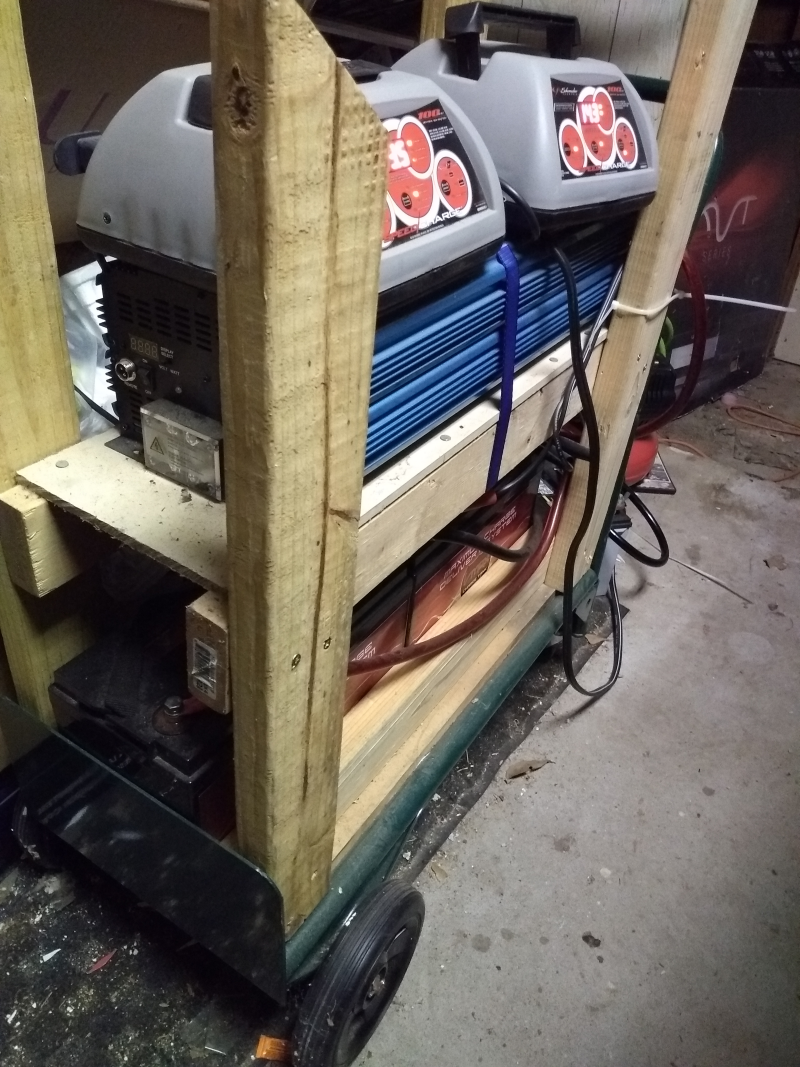When it comes to setting up an off-grid retreat or home, one of the most important decisions you are going to have to deal with is figuring out the right battery system setup for your homestead. Your battery bank is the foundation of your off-grid setup, and it’s something that you are going to have to deal with quite a bit.
If you’re first starting out, the best advice I can give is to bring in a qualified expert who really understands the ins and outs of powering an off-grid home. But if you are dead sent against using outside help, you need to start out slow and start with some cheapo batteries because you are inevitably going to fry them out.
It’s quite common for first-time offgriders to kill their first set of batteries. You’re going to feel a lot better killing off the inexpensive sets than building some massive system and then running it into the ground during the first year.
What kind of Offgrid Batteries are people are using in the real world?
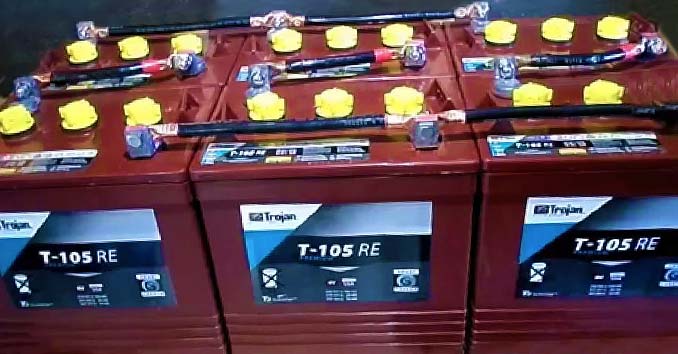
6V Golf Cart Batteries
Because these batteries are so readily available, they are one of the most popular choices for those who are just getting started or watching their budget. While they aren’t the best option for larger setups, they are more than enough for smaller cabins and are a good way to get started.
For an economy system, I recommend 6V golf cart batteries. Just about every manufacturer out there makes T-105 replacements, and they’re all pretty good quality. Most people will get 4-5 years out of these batteries when daily cycled on a small off-grid system.
Pros:
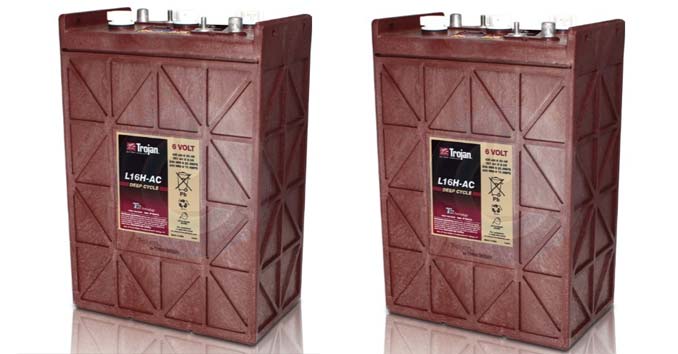
L16 Batteries were originally designed for commercial use. Their size, deep-cycle performance, and low cost make them an ideal choice for offgriders.
Pros:
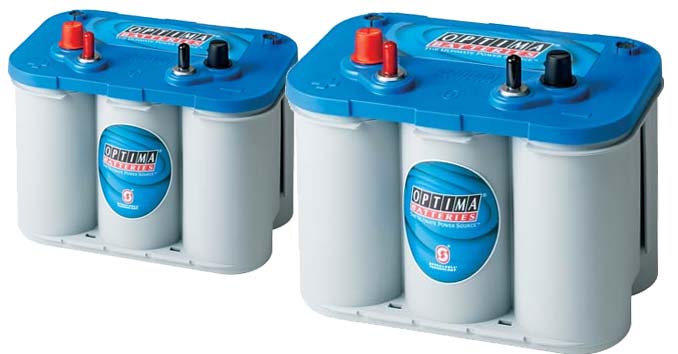
Deep Cycle Marine Batteries are another easy to find option that many real-world offgriders use to power their homes and cabins. I personally use these for camping, ham radio gear, and as an emergency backup battery bank should things go sideways.
Pros:
Once you’re ready to take things to the next level, these are the battery systems that you should start looking at.
Forklift battery systems
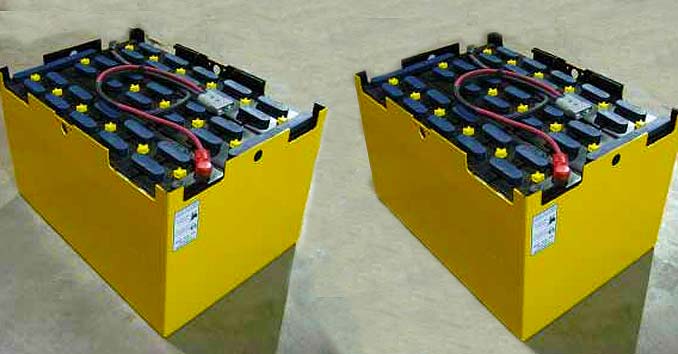
Once you are ready to move beyond marine and golf cart batteries, many serious offgriders who need a lot of storage capacity start looking to things like forklift batteries.
Pros:
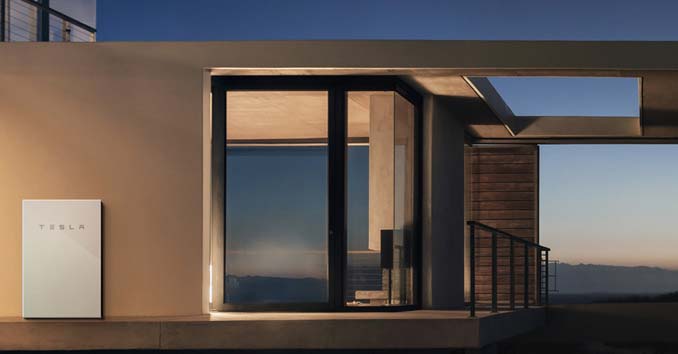
The Tesla Powerwall 2 is one of the newest batteries to hit the market and is designed specifically for powering homes. They are compact, stackable and with a built-in inverter, they come ready to integrate with a Tesla solar system. One Powerwall gives you 13.5kWh storage capacity and is warrantied for ten years with unlimited cycles.
Nickel-Iron NiFe Edison Batteries
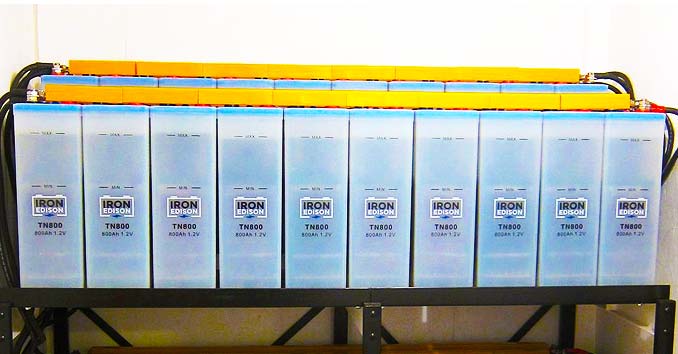
Edison Batteries are one of the best-forgotten technologies out there. They are a Nickel Iron based battery, which means they don’t corrode like acid-based technology.
PROS:
If you’re first starting out, the best advice I can give is to bring in a qualified expert who really understands the ins and outs of powering an off-grid home. But if you are dead sent against using outside help, you need to start out slow and start with some cheapo batteries because you are inevitably going to fry them out.
It’s quite common for first-time offgriders to kill their first set of batteries. You’re going to feel a lot better killing off the inexpensive sets than building some massive system and then running it into the ground during the first year.
What kind of Offgrid Batteries are people are using in the real world?

6V Golf Cart Batteries
Because these batteries are so readily available, they are one of the most popular choices for those who are just getting started or watching their budget. While they aren’t the best option for larger setups, they are more than enough for smaller cabins and are a good way to get started.
For an economy system, I recommend 6V golf cart batteries. Just about every manufacturer out there makes T-105 replacements, and they’re all pretty good quality. Most people will get 4-5 years out of these batteries when daily cycled on a small off-grid system.
Pros:
- They take a lot of abuse and are perfect for those who are just getting started.
- They are cheap and easy to find.
- They are relatively light and easy to handle.
- They typically only last about five years.
- They are only recommended for smaller setups.

L16 Batteries were originally designed for commercial use. Their size, deep-cycle performance, and low cost make them an ideal choice for offgriders.
Pros:
- These batteries are suitable for small-to-medium systems.
- They weigh about 100 lbs, so they are relatively easy to move.
- They last slightly longer than Golfcart Batteries and have a lifespan of 5 to 8 years.
- They are about two to three times more expensive than golf cart batteries

Deep Cycle Marine Batteries are another easy to find option that many real-world offgriders use to power their homes and cabins. I personally use these for camping, ham radio gear, and as an emergency backup battery bank should things go sideways.
Pros:
- You can find them almost anywhere; most auto part stores, sporting goods stores, and big box stores sell them.
- They are great if you need a cheap emergency backup plan, one where you don’t plan on running these batteries daily for months at a time.
- They lose capacity pretty quickly and in most cases will lose about half of their capacity in about 2 1/2 years. These batteries are usually made for casual users who aren’t recharging them on a daily basis.
Once you’re ready to take things to the next level, these are the battery systems that you should start looking at.
Forklift battery systems

Once you are ready to move beyond marine and golf cart batteries, many serious offgriders who need a lot of storage capacity start looking to things like forklift batteries.
Pros:
- These are designed for industrial settings, so they are made to take a beating.
- They are a cost-effective solution and should last much longer than any L-16 battery.
- They have an expected lifespan of up to 15 or 20+ years.
- You’re going to need help installing them.
- They weigh anywhere from 1,000 pounds to several thousand pounds.
- Most dealers can tell you everything about forklifts but will have very little knowledge when it comes to using these batteries in an off-grid setup.

The Tesla Powerwall 2 is one of the newest batteries to hit the market and is designed specifically for powering homes. They are compact, stackable and with a built-in inverter, they come ready to integrate with a Tesla solar system. One Powerwall gives you 13.5kWh storage capacity and is warrantied for ten years with unlimited cycles.
Nickel-Iron NiFe Edison Batteries

Edison Batteries are one of the best-forgotten technologies out there. They are a Nickel Iron based battery, which means they don’t corrode like acid-based technology.
PROS:
- This could be the last battery you ever have to buy as they last anywhere from 20-50 years.
- They have a high tolerance to overcharging, over discharging, and short circuiting.
- Freedom from acid fumes.
- They are hard to find, and they are one of the most expensive upfront investments on the list.
- They’re not as efficient as lead-based systems.


















































